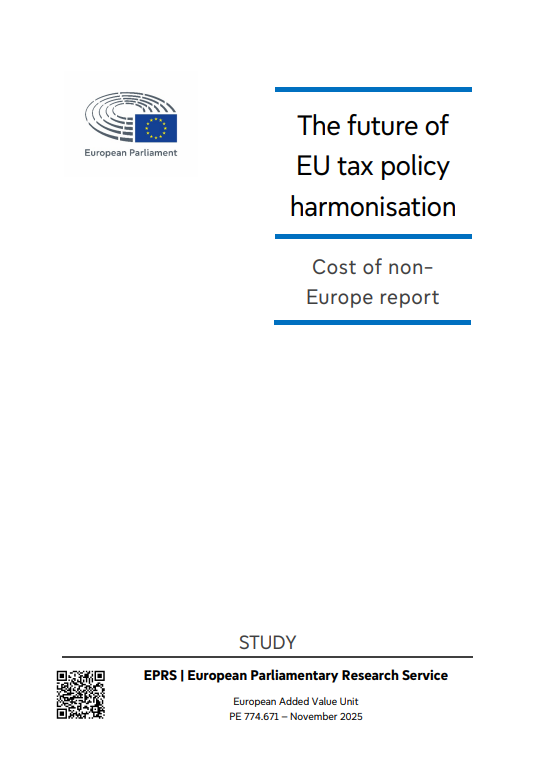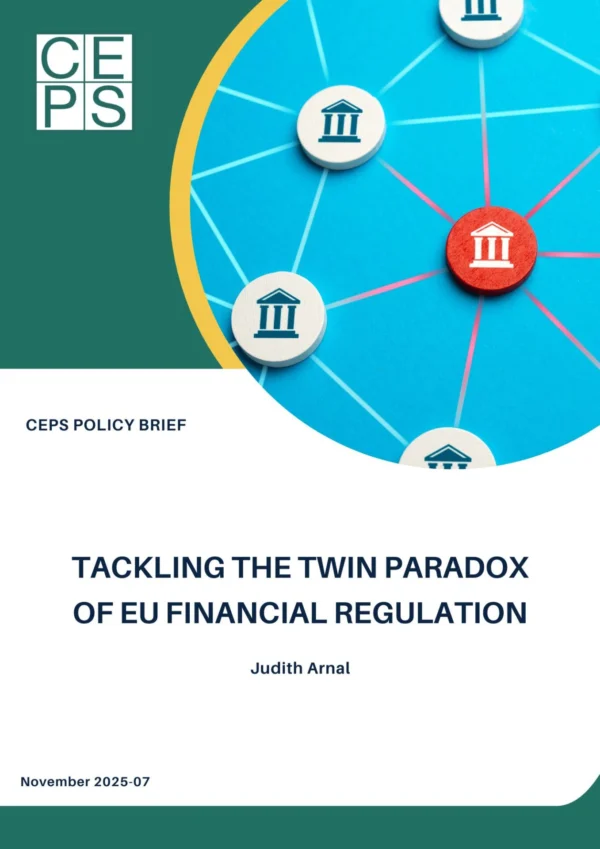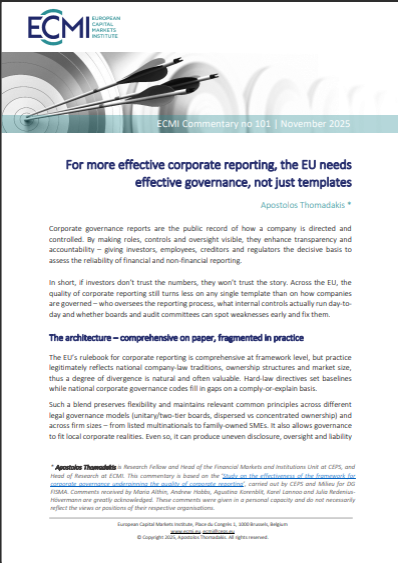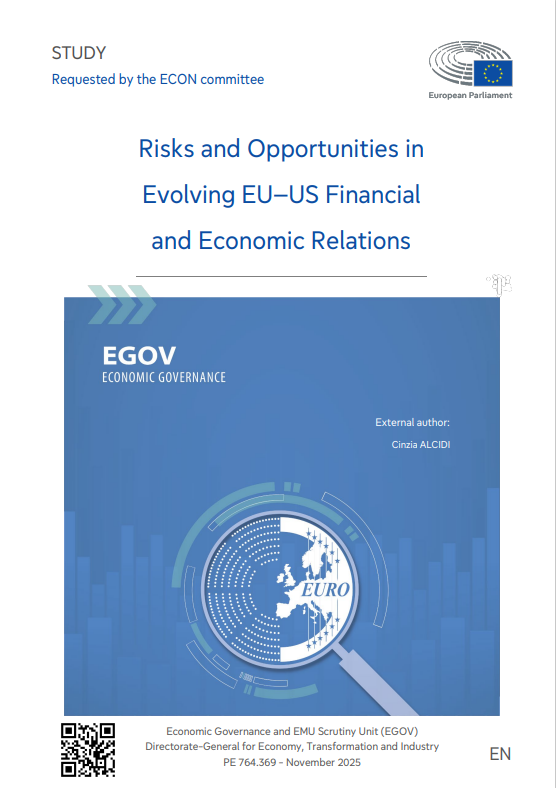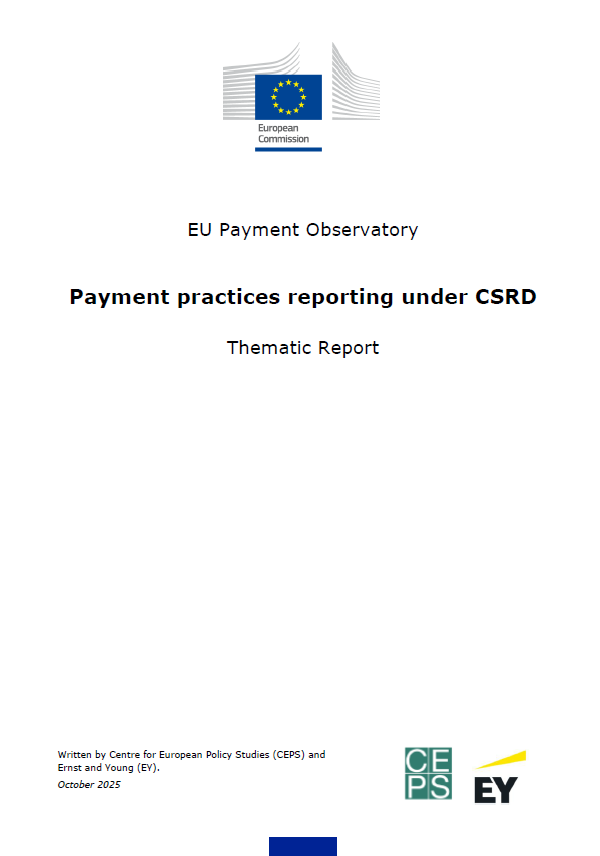Key findings from the ECRI Statistical Package 2021
· In 2020, loans to EU households and non-financial corporations (NFCs) increased by 3.8 %.
· For the first time in six years, total loans in euro area countries grew more than loans in non-euro area countries.
· Compared with 2019, the growth rate of total loans in 2020 rose from 2.4 % to 4.0 % in the euro area, and in non-euro area countries the growth rate fell from 3.7 % to 2.8 %.
· Between 2019 and 2020, household loans in the EU increased by 2.5 % and NFC loans increased by 5.8 %.
· Total household loans grew most in Sweden (+9.8 %), Luxembourg (+8.8 %), Belgium (+8.5 %), Lithuania (+6.3 %), Slovakia (+6.1 %) and France (+5.5 %). The largest contractions were registered in Greece (-12.7 %), Ireland (-5.6 %) and Cyprus (-5.1 %).
· France (+12.7 %), Portugal (+10.3 %), Malta (+9.0 %), Spain (+8.2 %) and Sweden (+7.5 %) were among the Member States with the largest growth rates in NFC loans. Significant reductions took place in Lithuania (-11.8 %), Poland (-11.2 %), Cyprus (-6.2 %), Ireland (-5.8 %) and Denmark (-5.6 %).
· Since the COVID-19 outbreak, the total outstanding amount of loans to NFCs has increased, whereas most of the household loan growth has stagnated or declined.
To purchase the ECRI Statistical Package 2020, please click here
About the package
The ECRI Statistical Package 2021 provides data on outstanding credit granted by monetary-financial institutions (MFIs) to households and non-financial corporations (NFCs) for the period from 1995 to 2020. Credit volumes and annual growth rates are broken down by sector and credit type to enable detailed insights into credit market developments over time and across countries. It comprises 45 countries including the EU Member States, UK, EU candidate and EFTA countries as well as the US, Canada, Japan, Australia, Russia, Mexico and Saudi Arabia.

